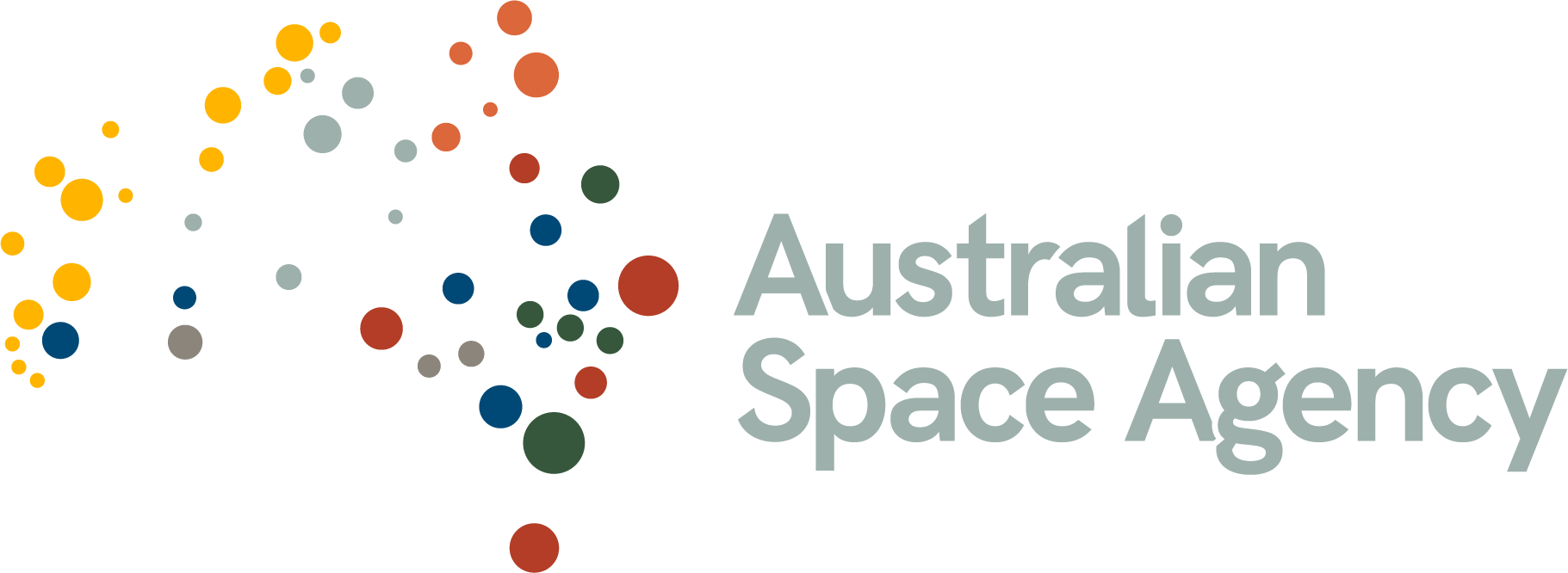Search Results
This agreement will help both countries join forces to develop their space capabilities, particularly in the areas of space operations, space science, Earth observation, positioning system and communications.
The 2019 State of space report documents the Australian Government’s civil space responsibilities and activities from 1 January 2018 to 30 June 2019, which includes the establishment of the Australian Space Agency.
The 2017 State of Space report summarises the civilian space-related activities of the members of the Space Coordination Committee (SCC), which comprises agencies across the Australian Government with an involvement in civilian space activities.
This Memorandum of Understanding focuses on supporting industry and leveraging the existing start-up ecosystem, as well as collaborating with government and developing skills and workforce capability.
The Maximum Probable Loss Methodology sets out the method that can be used to calculate the maximum probable loss that might occur due to certain space activities.
The Australian Space Agency’s Communications Technologies and Services Roadmap outlined a 10-year plan to support the growth of Australian communications technologies and services. This plan was published before May 2022 under the previous Australian Government.
The two nations signed an agreement to encourage a trans-Tasman space innovation ecosystem, which will facilitate collaboration in areas like orbital and suborbital missions, expanding ground segment networks, and remote asset management.
Growing up under clear, country skies, Flight Lieutenant Joelene Buntain's fascination of the stars led to a career where she became known as the ‘flying astrophysicist’ and now works in the Defence Space Command.
Lorem Ipsum is simply dummy text of the printing and typesetting industry. Lorem Ipsum has been the industry's standard dummy text ever since the 1500s, when an unknown printer took a galley of type and scrambled it to make a type specimen book.
The Agency participates in international forums, agreements and arrangements to support international space law and contribute to regulatory arrangements that shape and enable the space industry.
A sustainable space sector means Australians can continue to benefit from space services now and into the future.
View the list of decisions to grant, vary, revoke, suspend or transfer a licence, permit or authorisation.
Read the register of launched space objects authorised under the Space (Launches and Returns) Act 2018 and Space Activities Act 1998.
Learn more about the permits, licences and authorisations needed to conduct space activities in Australia.
Get monthly updates from the Agency newsletter, the Australian Space Discovery Centre
newsletter and our podcast.
Abyss Solutions has been working with the University of Sydney to test a next-gen robotic arm which could go from terrestrial energy operations to the Moon and beyond.
Explore success stories of projects that are growing Australia’s space industry capability and strengthening the workforce.
